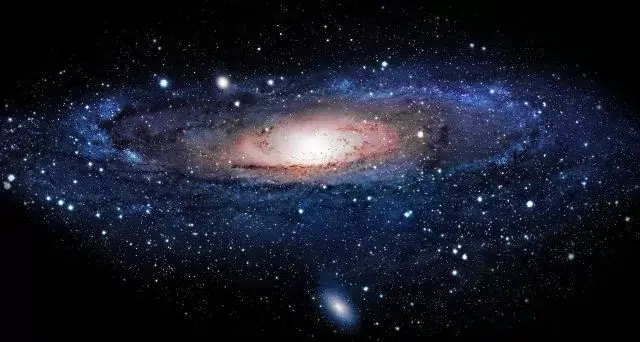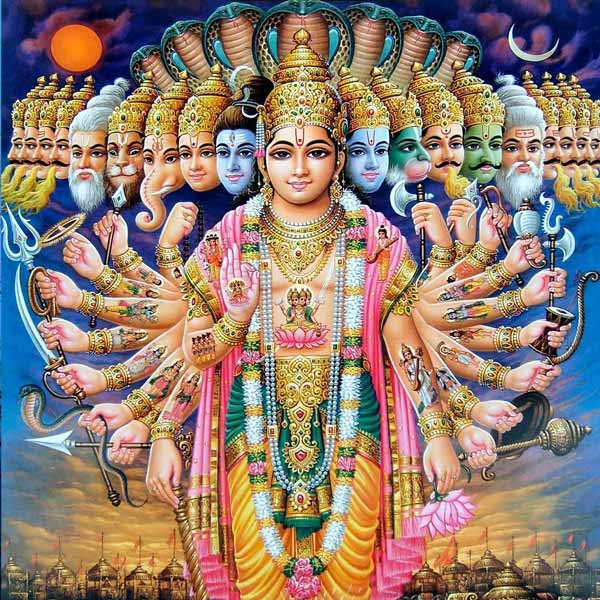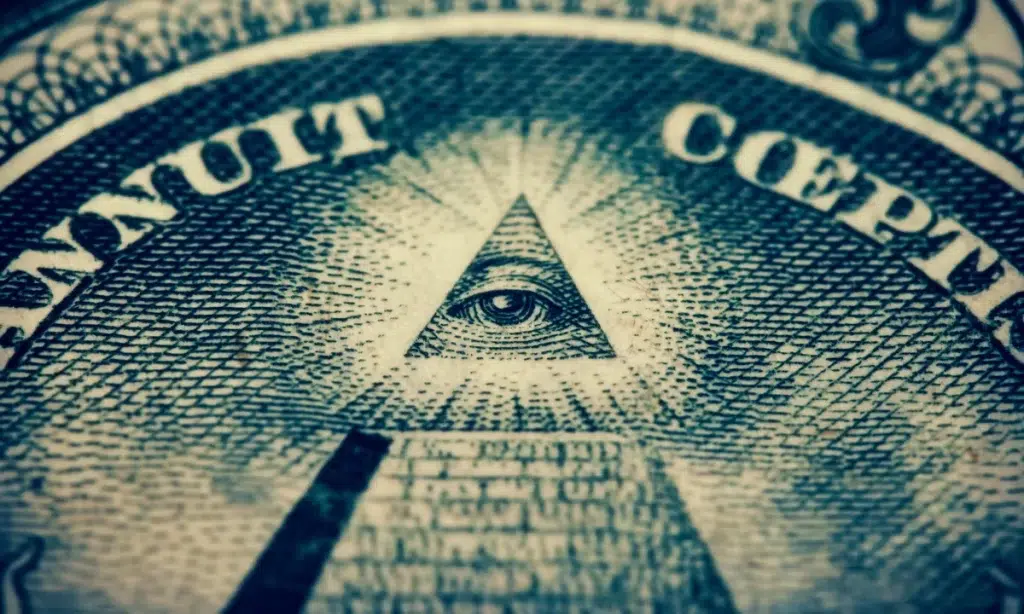National Symbols Of India
National Flag: National Symbols of India
- The National Flag is a horizontal tricolour of India saffron (kesaria) at the top, white in the middle and India green at the bottom in equal proportion.
- The ratio of width of the flag to its length is two to three.
- In the centre of the white band is a navy-blue wheel which represents the chakra.
- The top saffron colour, indicates the strength and courage of the country.
- The white middle band indicates peace and truth with Dharma Chakra.
- The green shows the fertility, growth and auspiciousness of the land.
- Its design is that of the wheel which appears on the abacus of the Sarnath Lion Capital of Ashoka.
- Its diameter approximates to the width of the white band and it has 24 spokes.
- The design of the National Flag was adopted by the Constituent Assembly of India on 22 July 1947.
All the information about the National Flag of India
State Emblem: National Symbols of India
- The state emblem is an adaptation from the Sarnath Lion Capital of Ashoka.
- The abacus and the animal part of the Sarnath pillar forms the official national emblem of India.
- In the abacus of the Sarnath pillar, four animals are shown representing four directions – a galloping horse (west), an elephant (east), a bull (south) and a lion (north).
- The animals seem to follow each other turning the wheel of existence till eternity.
- The Elephant depicts the dream of Queen Maya, where a white elephant entering her womb.
- The Bull depicts the zodiac sign of Taurus, the month in which Buddha was born.
- The Horse represents the horse Kanthaka, which Buddha is said to have used for going away from princely life.
- The Lion shows the attainment of enlightenment.
- In the National Emblem of India, the words Satyameva Jayate from Mundaka Upanishad, meaning ‘Truth Alone Triumphs’, are inscribed below the abacus in Devanagari script.
- The Capital is crowned by the Wheel of the Law (Dharma Chakra).
- The four Lions symbolise Buddha spreading Dhamma in all directions. It was built in the commemoration of first sermon by Buddha known as Dhammachakrapravartana.
- Carved out of a single block of polished sandstone, the Capital is crowned by the Wheel of the Law (Dharma Chakra).
- In the state emblem, adopted by the Government of India on 26 January 1950, only three lions are visible, the fourth being hidden from view.
- The wheel appears in relief in the centre of the abacus with a bull on right and a horse on left and the outlines of other wheels on extreme right and left. The bell-shaped lotus has been omitted.
National Animal: National Symbols of India
- The magnificent tiger, Panthera tigris is a striped animal.
- It has a thick yellow coat of fur with dark stripes.
- The combination of grace, strength, agility and enormous power has earned the tiger its pride of place as the national animal of India.
- Out of eight races of the species known, the Indian race, the Royal Bengal Tiger, is found throughout the country except in the north-western region and also in the neighbouring countries, Nepal, Bhutan and Bangladesh.
- To check the dwindling population of tigers in India, ‘Project Tiger’ was launched in April 1973.
- So far, 52 tiger reserves have been established in the country under this project.
Currency Symbol: National Symbols of India

- The symbol of Indian Rupee typifies India’s international identity for money transactions and economic strength.
- The Indian Rupee sign is an allegory of Indian ethos.
- The symbol is an amalgam of Devanagari “Ra” and the Roman Capital “R” with two parallel horizontal stripes running at the top representing the national flag and also the “equal to” sign.
- The Indian Rupee sign was adopted by the Government of India on 15th July, 2010.
- The symbol, conceptualised and designed by Udaya Kumar, a post graduate in Design from Indian Institute of Technology Bombay, has been chosen from thousands of concept entries received by the Ministry of Finance through an open competition among resident Indian nationals.
- The process of establishing and implementing this new identity is underway through various digital technology and computer applications.
भारतीय स्वतंत्रता दिवस : 15 महत्वपूर्ण तथ्य
National Flower: National Symbols of India
- Lotus (Nelumbo Nucifera Gaertn) is the National Flower of India.
- It is a sacred flower and occupies a unique position in the art and mythology of ancient India and has been an auspicious symbol of Indian culture since time immemorial.
National Bird: National Symbols of India
- The Indian peacock, Pavo cristatus, the National Bird of India, is a colourful, swan-sized bird, with a fan-shaped crest of feathers, a white patch under the eye and a long, slender neck.
- The male of the species is more colourful than the female, with a glistening blue breast and neck and a spectacular bronze-green tail of around 200 elongated feathers.
- The female is brownish, slightly smaller than the male and lacks the tail.
- The elaborate courtship dance of the male, fanning out the tail and preening its feathers is a gorgeous sight.
National Anthem: National Symbols of India
- The National Anthem of India Jana-gana-mana, composed originally in Bengali by Rabindranath Tagore, was adopted in its Hindi version by the Constituent Assembly as the National Anthem of India on 24 January 1950.
- It was first sung on 27 December 1911 at the Kolkata Session of the Indian National Congress.
- The complete song consists of five stanzas.
- The first stanza contains the full version of the National Anthem.
- Playing time of the full version of the national anthem is approximately 52 seconds.
- A short version consisting of the first and last lines of the stanza (playing time approximately 20 seconds) is also played on certain occasions.
National Song: National Symbols of India
- The song Vande Mataram, composed in Sanskrit by Bankimchandra Chatterji, was a source of inspiration to the people in their struggle for freedom.
- It has an equal status with Jana-gana-mana.
- On January 24, 1950, the President, Dr. Rajendra Prasad came up with a statement in the Constituent Assembly, “the song Vande Mataram, which has played a historic part in the struggle for Indian freedom, shall be honoured equally with Jana Gana Mana and shall have equal status with it.”
- The first political occasion when it was sung was the 1896 session of the Indian National Congress. The song was a part of Bankimchandra’s most famous novel Anand Math (1882).
National Tree: National Symbols of India
- Indian fig tree, also known as Banyan tree (Ficus bengalensis), whose branches root themselves like new trees over a large area.
- The roots then give rise to more trunks and branches.
- Because of this characteristic and its longevity, this tree is considered immortal and is an integral part of the myths and legends of India.
- Even today, the banyan tree is the focal point of village life and the village council meets under the shade of this tree.
National Calendar: National Symbols of India
- The national calendar based on the Saka Era, with Chaitra as its first month and a normal year of 365 days was adopted from 22 March 1957 along with the Gregorian calendar for the following official purposes:
- Gazette of India.
- News broadcast by All India Radio.
- Calendars issued by the Government of India.
- Government communications addressed to the members of the public.
- Dates of the national calendar have a permanent correspondence with dates of the Gregorian calendar, 1 Chaitra falling on 22 March normally and on 21 March in leap year.
National Aquatic Animal: National Symbols of India
- River Dolphin is the National Aquatic Animal of India.
- The Ministry of Environment and Forests notified the Ganges River Dolphin as the National Aquatic Animal on 18th May 2010.
- This mammal is also said to represent the purity of the holy Ganga as it can only survive in pure and fresh water.
- Platanista gangetica has a long pointed snout and also have visible teeth in both the upper and lower jaws.
- Their eyes lack a lens and therefore function solely as a means of detecting the direction of light.
- Dolphins tend to swim with one fin trailing along the substrate while rooting around with their beak to catch shrimp and fish.
- Dolphins have a fairly thick body with light grey-brown skin often with a hue of pink.
- The fins are large and the dorsal fin is triangular and undeveloped.
- This mammal has a forehead that rises steeply and has very small eyes.
- River Dolphins are solitary creatures and females tend to be larger than males.
- They are locally known as susu, because of the noise it makes while breathing.
- This species inhabits parts of the Ganges, Meghna and Brahmaputra rivers in India, Nepal, Bhutan and Bangladesh, and the Karnaphuli River in Bangladesh.
- River dolphin is a critically endangered species in India and therefore, has been included in the Schedule I for the Wildlife (Protection) Act, 1972.
- The main reasons for decline in population of the species are poaching and habitat degradation due to declining flow, heavy siltation, construction of barrages causing physical barrier for this migratory species.
Some other National Symbols are given below :
- National heritage animal: Indian Elephant
- National Reptile: King cobra
- National Fruit: Mango
- National River: Ganges
Source: National Identity Elements. Wikipedia.
Also, refer:







